Where have we shared?
The IDC shares all creative action openly, so that others might develop more profound findings and we might, collectively, help others more effectively. In addition to sharing our work through street-based exhibitions and other informal happenings, the IDC has presented research and actions in academic settings around the world, including presentations at Third, Fifth, and Sixth International Symposia On Service Learning In Higher Education, the 2011 ARCC National Conference and the 2008 International Conference on Informal Settlements And Low Income Housing as well as invited lectures at Brown University, the University of Maryland, the New School for Design at Parsons, and the Pratt Institute.
The IDC has published writings on socially-responsive design in a range of peer-reviewed publications, including works by the AIA Press (2010) and the University of Indianapolis Press (2010). The IDC has also used exhibitions as a means to share our thinking, including solo shows at the San Francisco Museum of Art in La Paz, Bolivia (2011, 2015) and the AIA Center for Architecture in Philadelphia (2009) as well as group shows at the Sheldon Swope Museum of Art (2010), the SPOT gallery of Poznan, Poland (2010), the Goldstein Museum of Design (2010), the Crane Center in Philadelphia (2010, 2011), the Venice Architecture Biennale (2012) and MoMA (2014).

















